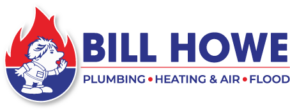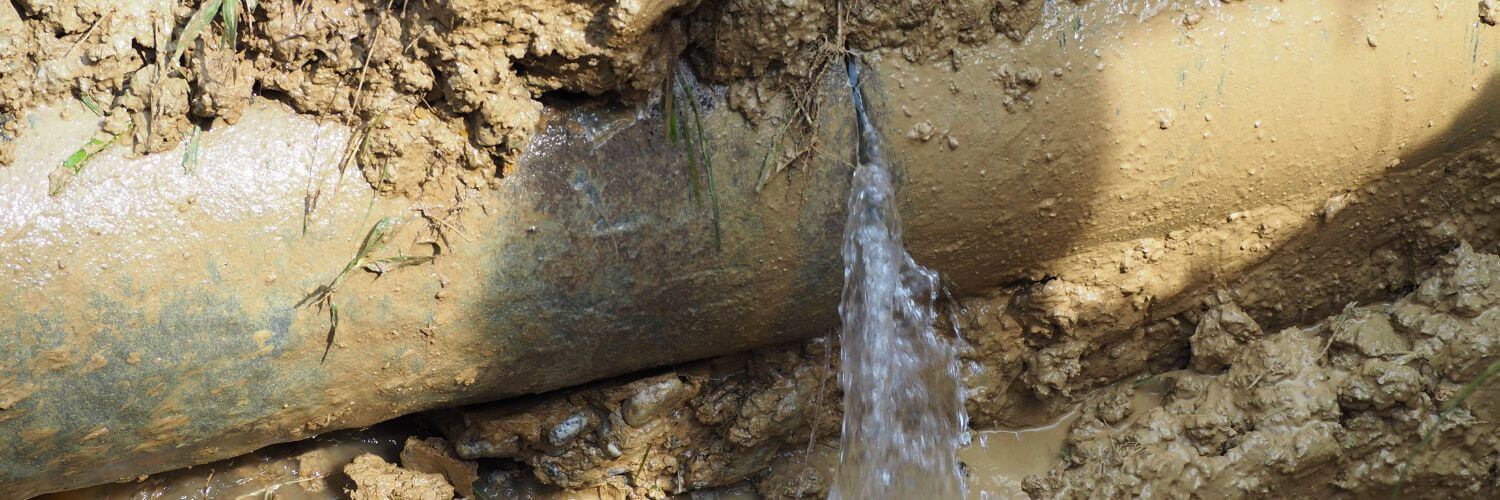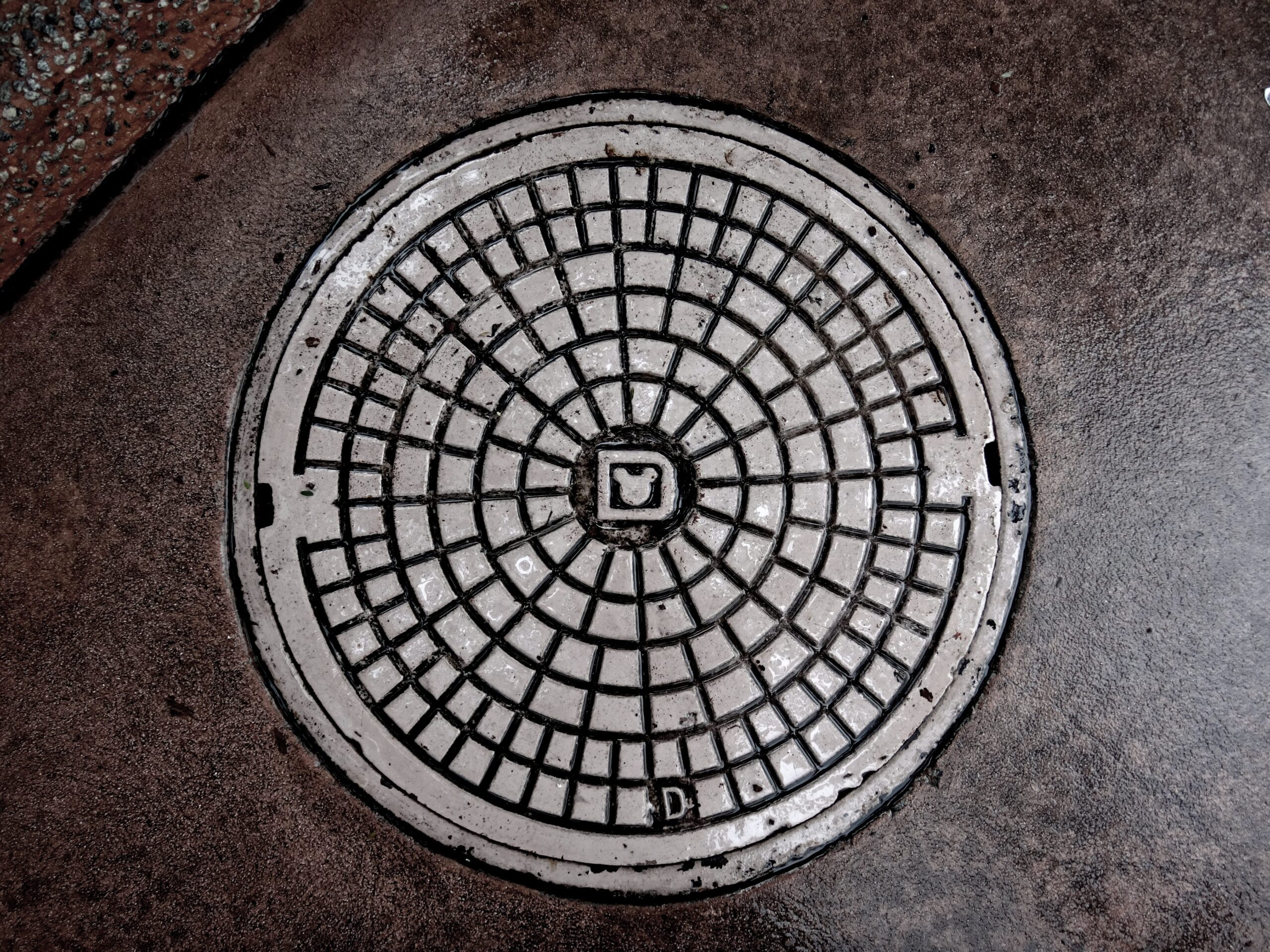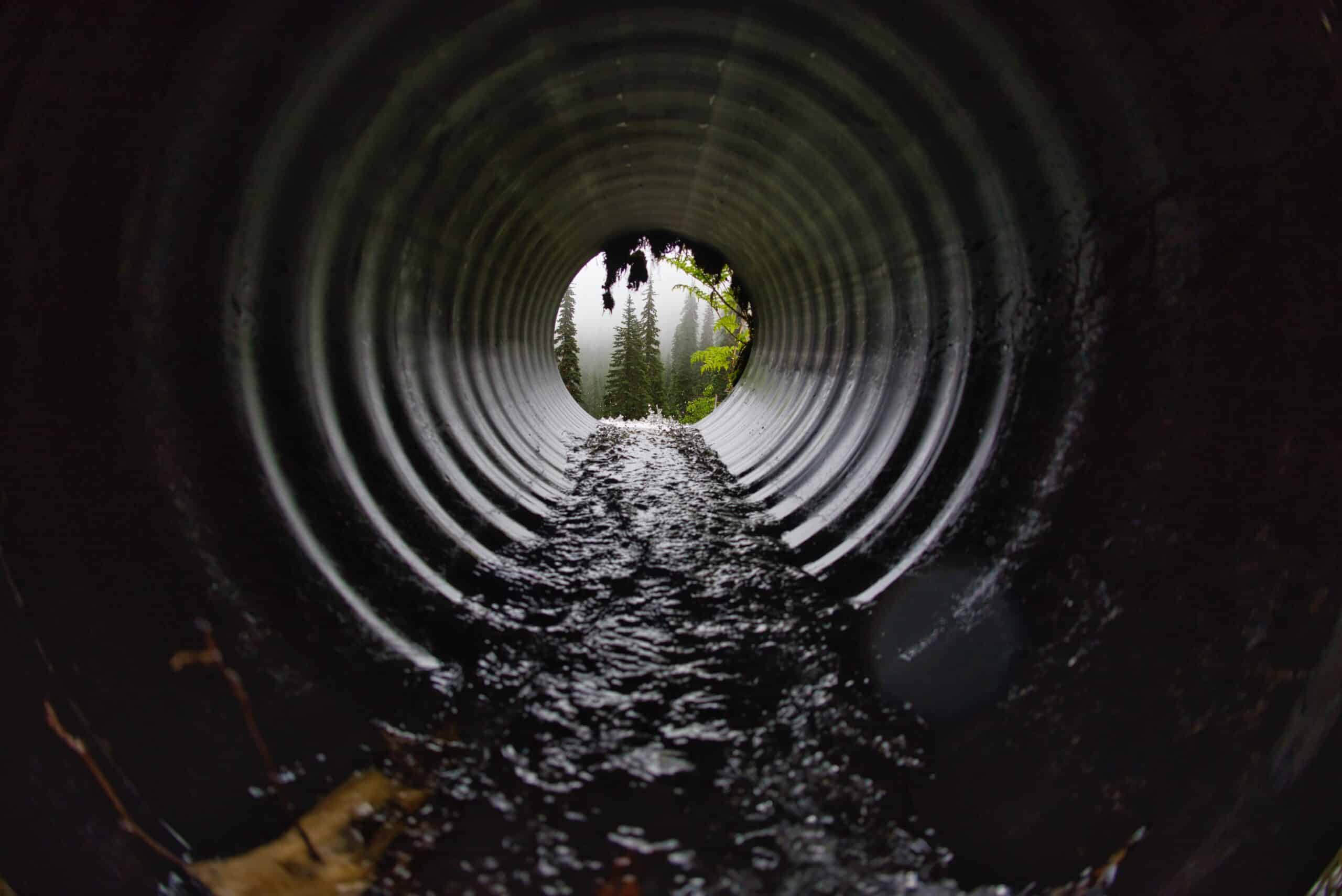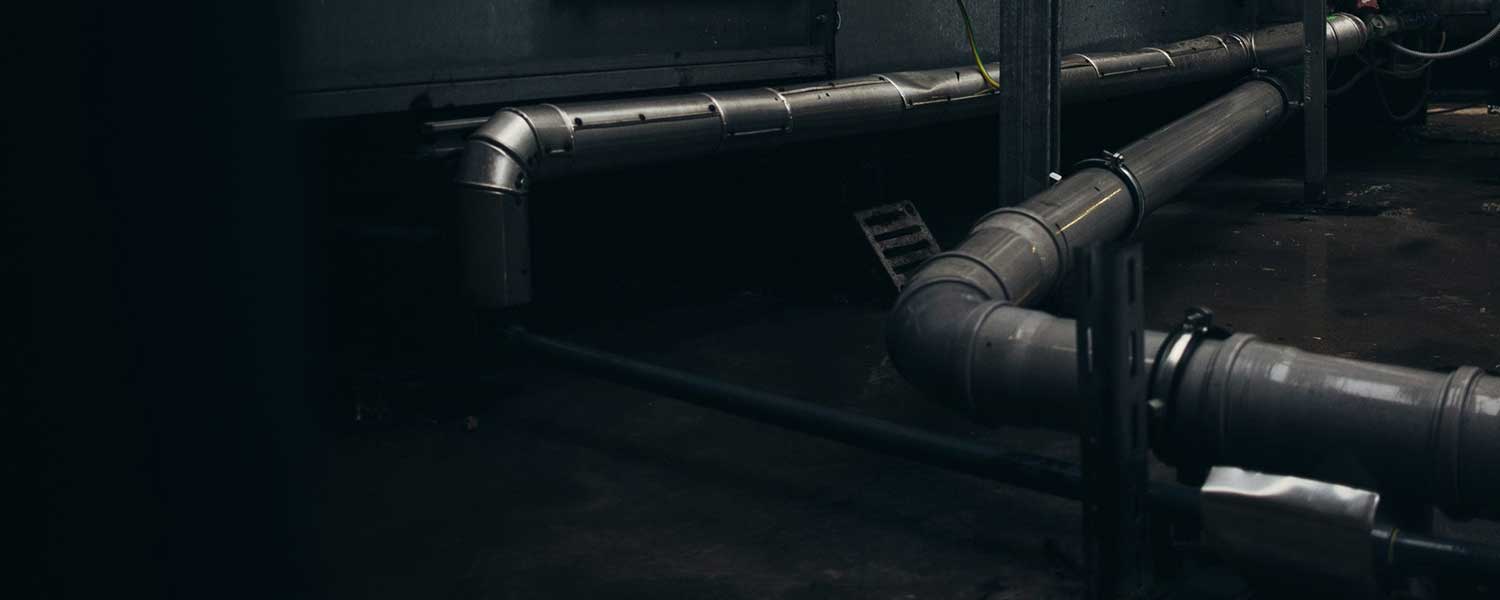Epoxy pipe relining is a method of rehabilitating drain, waste, and vent lines for both residential and commercial customers. Epoxy relining essentially creates a brand new pipe within the existing damaged pipe allowing for a problem free drain line.
Epoxy relining is an alternative, cost-effective repair solution for digging up pipes, breaking into homeowners’ walls, and eliminating unnecessary waste. It is guaranteed for 15 years and has a lifespan of more than 50 years.
What is the Epoxy Relining Process?
To find out if epoxy relining is a solution for you, begin with an in-depth camera inspection of the affected drain lines. Epoxy relining is a great solution for main sewer lines, waste drains and vent lines. There are some limitations with implementing an epoxy liner, and can only be discovered through a proper pipeline camera inspection.
Camera Inspection
The epoxy specialists will perform a pipeline camera inspection to determine what is causing problems in the drain line. Most common issues are tree roots in main sewer lines, cracks and breaks, and/or deteriorating or leaky pipes due to age.
The epoxy pipe lining company will plot the footage and location of damage to determine a plan for treatment.
Estimate
Once the epoxy relining team has thoroughly reviewed the inspection video, they will provide a detailed estimate to repair the lines in entirety or in sections. Epoxy relining is a great option for small issues, as it avoids digging through landscaping or concrete. This is one of the many advantages of epoxy installation.
Approval
Once the epoxy team has walked homeowners and business owners through the estimate and approval has been granted to begin work, the team will schedule a start time. With epoxy coating, another great advantage is less downtime. This is especially good for businesses that need to remain operational.
Once work beings, the contractor team performs another camera inspection. The drain pipe is then thoroughly cleaned using special mechanical tools to create the ideal surface for the epoxy solution. Once the pipe is ready, the process begins.
What is the Epoxy Process and How Does it Work?
Bill Howe lining specialists use a non-styrene epoxy to ensure no dangerous fumes are present. The epoxy, when cured in place, will create a hard plastic that is more durable than clay or cast iron – the typical pipes requiring epoxy coating.
Specialists mix a two-part solution, a catalyst and resin liquid. When the two are mixed, a chemical reaction causes the material to heat up and begins to cure.
The epoxy lining team then saturate a woven felt material, which will become the structure of the new pipe.
Once the material is fully saturated with the epoxy resin, the material is inserted into the pipe or section to form lines. Once it is in place, an inner bladder is inflated, forming the material to the pipe.
Curing is the final step in creating a brand new pipe structure and takes only 4 hours. The bladder is removed and the team performs a final camera inspection to ensure success.
Setting up the materials, mixing the resin, and inserting the material into the pipe must be done to exact timing and in prime conditions. Our team has been relining san Diego pipelines for more than 15 years and has extensive training and experience to help homeowners and businesses end frustrating drain issue for good.
Benefits of Epoxy Relining
Repairing older cast iron and clay pipe drains in the ground is the most common use for epoxy relining. Sometimes called trenchless repair, it allows for a repair without digging.
No dig solutions in most cases.
There are times when the epoxy relining team requires access to the pipe and will provide an estimate to install cleanouts. However, it is minimal intrusion and will allow for easy access to the main sewer line.
Less waste.
By choosing an epoxy solution to repair your affected drain lines, there is less waste in digging up old pipe and that pipe goes straight to the landfill.
Eliminate contamination in the soil.
With epoxy lining, there is no need to cut into the existing pipe creating chances of sewer leakage.
Spot repairs.
With epoxy relining, customers are able to repair only the affected spots of the drain line. If there is a break 90 feet into the pipe, but only affects a 5-foot section, epoxy relining can help.
Extensive solutions.
Epoxy relining can be used on cast iron, clay, Drain Waste Vent lines (DWV) and can line 5 feet up to 2100 feet, with Bill Howe Epoxy relining solutions.
Why is Epoxy Relining Important?
Homeowners and businesses with broken drain lines have many options for repairs. Drain lines in large high-rise buildings with business or resident occupancy must find a solution that is non-intrusive to maintain operations as much as possible. Since epoxy lining can be done through access points and does not require opening walls, it is ideal in commercial applications.
For homeowners, the choice generally comes down to cost and time. Epoxy solutions help reduce both in most cases. From set up to insertion to final camera inspection, many homeowners will have a full repair within a day and not lose the use of facilities for more than 4 hours. And, they will have a pipe warrantied (lined section only) for 15 years.
Sometimes dig ups can be done in non-landscaped areas or without much disruption. Bill Howe can provide estimates for both solutions giving customers a choice that will certainly fit their needs.
As homes age, so does their plumbing. Aging cast iron and clay pipes allow easy access to roots and are susceptible to cracks through natural ground shifting. Having a choice that can repair the pipe like new is an option worth researching.
But it all starts with a drain problem and a camera inspection. For businesses and homeowners experiencing frequent drain problems, consider scheduling a camera inspection first. It may show it only needs a deep cleaning such as hydro jetting, or it may reveal a situation in which epoxy may be the answer.
For customers with a recent camera inspection from another company, Bill Howe will offer a second opinion camera inspection for free. It is always wise to get multiple estimates and understand the best option.
For more information about epoxy relining, visit our epoxy relining page or call 1-800 BILL HOWE (245-5469) to speak with an epoxy relining specialist today.
